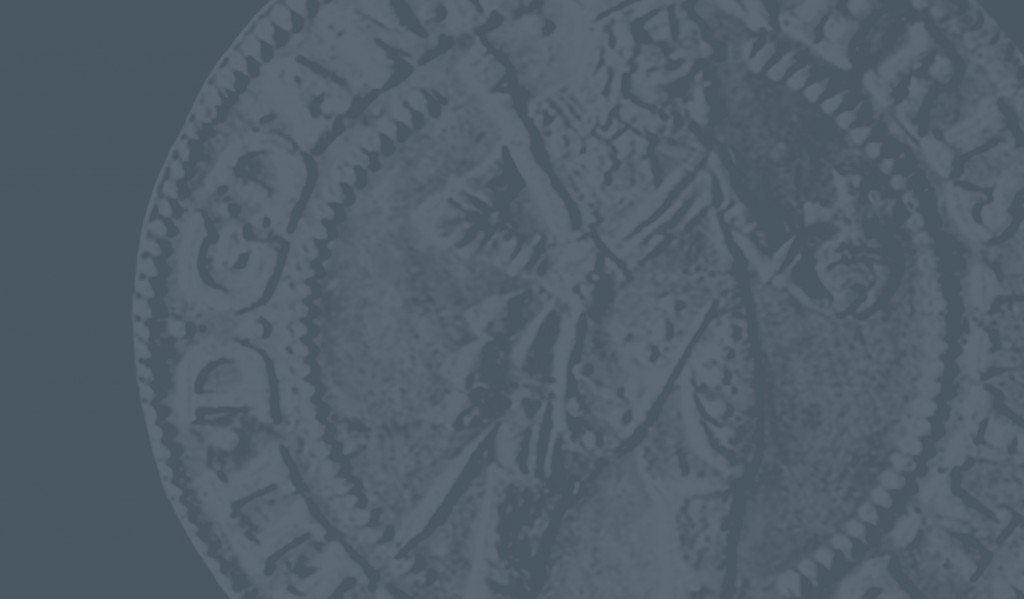
Kupuj i rezerwuj online
Bilety na wystawy czasowe oraz stałe, wydarzenia, wykłady i inne. Zakup online książek i gadżetów.
Spotkania
w Muzeum
Spacery, spotkania kuratorskie, literackie, wykłady i więcej
In 1973, the Leon Wyczółkowski Museum celebrated its 50th anniversary. In the same year, the institution obtained permission to take over the last granary in the complex on the Brda River at 7 Grodzka Street. The sixth decade of the Bydgoszcz Museum’s functioning brought with it great structural changes: as a result of the administrative reform carried out in the People’s Poland in 1975, the organization of some cultural institutions in the country was remodelled. The Bydgoszcz facility was granted the status of Regional Museum, making it an even stronger cultural centre in north-central Poland than before.
The moment of expanding the Museum’s activities in the second half of the 1970s to cover the entire region was one of the most important events in the institution’s history. The cooperation of the headquarters in Bydgoszcz with the local branches gave the facility a completely new character. At that time, the following branches of the Bydgoszcz Museum existed: the Museum of the Pałuki Region in Żnin, the Narrow-Gauge Railway Museum in Wenecja, the Pałucka Museum Chamber in Kcynia, and the Tuchola Forest Museum in Tuchola. In addition, the Bydgoszcz Museum conducted a kind of substantive supervision over other smaller museums in the Bydgoszcz Region. Preserved documents show that there was also a certain symbolic „priority” of the Regional Museum over the District Museum in Chojnice, the Museum of Jan Kasprowicz in Inowrocław or the Museum in Biskupin.
In that decade, the Museum also took over the use of post-industrial buildings located on Mill Island: the White and Red Granaries, the Miller’s House (currently part of the complex at 8 Mennica Street) and the building at 7 Mennica Street (now the Leon Wyczółkowski House). The introduced changes were related to the concept of tourism and cultural development of the Mill Island area, which was carried out in subsequent years. This popular area, which today is one of the main points of trips around Bydgoszcz, was then a rather neglected place with warehouses and residential premises. The inhabitants of Bydgoszcz could have been inspired by other projects of this type introduced in Western Europe, e.g., Berlin’s „Museum Island”. Bydgoszcz, which was referred to as Klein Berlin (Little Berlin) during the Prussian partition, was once again related to the capital of Germany through its urban solutions.
Traditionally, Polish contemporary art occupied a special place among the developed collections. Thanks to the establishment of relations with Desa in Kraków and Nowa Huta, the collections were regularly supplemented with the works of members of the „Krakow Group”. An important moment in the institution’s history was the acquisition of a collection of 56 works by Jan Cybis. In the years 1981-1982, the communist authorities tried to prevent the purchase of works from artists who opposed the policy of the People’s Republic of Poland and the introduction of martial law.
In 1976, the Museum was enriched with a gift of over 800 graphic and drawing works by Ewa Śliwińska. Numismatic collections grew rapidly. At that time, the most valuable acquisition was the collection of Stanisław Niewitecki, including siege coins from 1577. There were also many historical artefacts, including those related to the interwar period or World War II.
The extension of the Museum’s structure and resources resulted in the expansion of activities in the field of exhibitions. Monographic shows of artists known in the world of culture and art were organized, e.g., Ewa Śliwińska (1977), Stanisław Ostoja Chrostowski (1978), and Ewelina Michalska (1978). In 1978, the Graphics by Leon Wyczółkowski exhibition was organized at the Centre for Polish Information and Culture in Berlin, and in 1981 Polish Painting 1944-1979 at the Warsaw Central Bureau of Art Exhibitions „Zachęta”. An important event in the history of both the Museum and Bydgoszcz was the Where Soldiers from Those Years exhibition (1973). The show was accompanied by a campaign of collecting memorabilia and memories of the Polish Army soldiers from the defensive war of 1939. Veterans’ accounts were published in the press. In addition, exhibitions were prepared for state anniversaries and those related to the workers’ movement. In the 1970s, the Museum organized exhibitions in Bydgoszcz’s institutions, cultural centres and associations, as well as exhibitions of monuments in shop and pharmacy windows. Interesting exhibitions also appeared in local museum branches.
An annual form of presenting the works of young artists, starting from the first edition in 1977, was the post-competition exhibition Little Masters of Brushes and Palettes. The event was addressed to children and teenagers. In 1980, the Museum initiated the implementation of „museum lessons”.
In a letter addressed to the Museum on April 14, 1982, by Czesław Kościecha, director of the Department of Culture and Art of the Provincial Office in Bydgoszcz, we read: The current political and socio-economic situation of the country is not conducive to organizing events, especially if they are to be characterized by formalism and superficiality (…) Events in the current year should be carried out as economically as possible, based primarily on the financial resources at the disposal of local authorities and institutions. Despite these limitations, the Regional Museum continued to expand its collections and develop its exhibition-educational and scientific-publishing offers.